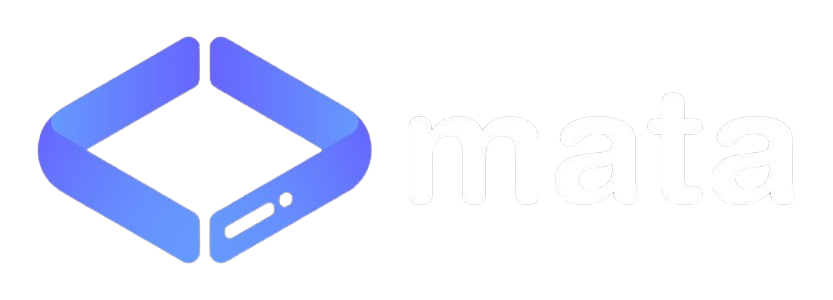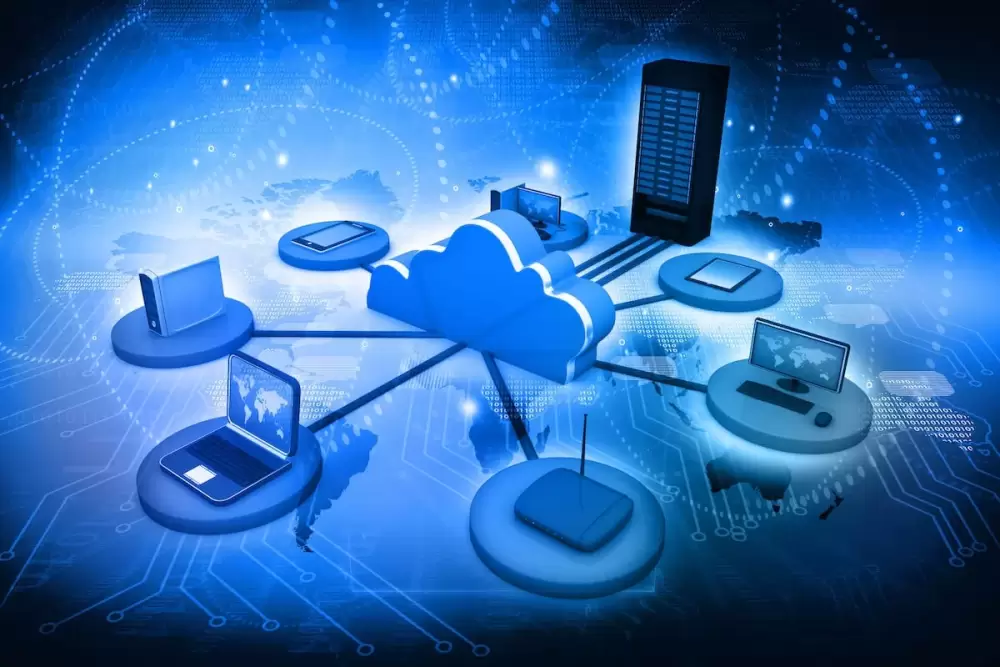With the effective use of the solution applications we recommend, the efficiency of your organization will increase and the necessary environment will be created for you to make the right decisions quickly in an increasingly competitive environment.
- Who are we ?
-
Our Solutions
Information Security Management Services
- Network Security
- Information Security Consulting
- Hotspot Solution
- Establishment of ISO 27001 Standard Infrastructure
- Personal Data Protection Services
- Logging and SIEM Solutions
- Microsoft Security Assessments
- Event Monitoring and Management Systems
- Penetration Testing Services
- End-User Security
- Database Security
Artificial Intelligence (AI) Systems
- Enterprise Software & Platform Development
- API Management and Integration Services
- Blockchain-Based Systems
- Cloud-Native Architecture and Development
- Digital Transformation-Oriented Innovation and R\&D Consulting
- Training, Support, and Transformation Consulting
- Fintech & Payment Systems Integrations
- IT Infrastructure, DevOps, and Security
- Customer Experience (CX) and User Interface (UI/UX) Design
- Internet of Things (IoT) Solutions
- Data Management, Advanced Analytics, and Business Intelligence Strategies
IT Infrastructure and Operations Services with Modern Solutions
- Maintenance & Repair Services
- Physical Security Services
- Secure Room Design & Installation
- Desktop Support Services
- MDM Solutions
- Server Support Services
- Data Center Design and Installation
- Data Center Migration Services
- Empower Your Business with Data Center Management and Storage Services
- Structured Cabling Services
IT Audit and KVKK Consultancy
- Compliance Consultancy for Law No. 5651
- Compliance Consultancy for Law No. 6698 (KVKK – Turkish Personal Data Protection Law)
- Information Technology Audit Consulting
- Pre-Audit Consultancy for ISO 22301
- ISO 27001 Pre-Audit Consultancy
- KVKK, Compliance, and Process Consulting
- Pre-Audit Consultancy for SKS
- Capital Markets Board (CMB) Pre-Audit Advisory Services
-
Our Solutions
-
Information Security Management Services
- Network Security
- Information Security Consulting
- Hotspot Solution
- Establishment of ISO 27001 Standard Infrastructure
- Personal Data Protection Services
- Logging and SIEM Solutions
- Microsoft Security Assessments
- Event Monitoring and Management Systems
- Penetration Testing Services
- End-User Security
- Database Security
-
Artificial Intelligence (AI) Systems
- Enterprise Software & Platform Development
- API Management and Integration Services
- Blockchain-Based Systems
- Cloud-Native Architecture and Development
- Digital Transformation-Oriented Innovation and R\&D Consulting
- Training, Support, and Transformation Consulting
- Fintech & Payment Systems Integrations
- IT Infrastructure, DevOps, and Security
- Customer Experience (CX) and User Interface (UI/UX) Design
- Internet of Things (IoT) Solutions
- Data Management, Advanced Analytics, and Business Intelligence Strategies
-
IT Infrastructure and Operations Services with Modern Solutions
- Maintenance & Repair Services
- Physical Security Services
- Secure Room Design & Installation
- Desktop Support Services
- MDM Solutions
- Server Support Services
- Data Center Design and Installation
- Data Center Migration Services
- Empower Your Business with Data Center Management and Storage Services
- Structured Cabling Services
-
IT Audit and KVKK Consultancy
- Compliance Consultancy for Law No. 5651
- Compliance Consultancy for Law No. 6698 (KVKK – Turkish Personal Data Protection Law)
- Information Technology Audit Consulting
- Pre-Audit Consultancy for ISO 22301
- ISO 27001 Pre-Audit Consultancy
- KVKK, Compliance, and Process Consulting
- Pre-Audit Consultancy for SKS
- Capital Markets Board (CMB) Pre-Audit Advisory Services
- Digital Transformation and Consulting Services
- Business Continuity and Risk Management Consulting
- Data Centre Server Hosting Services
- IT Consultancy Services
- IT Security Services
- Software and Support Services
- Data Protection Law Consultancy
-
Information Security Management Services
- Blog
- Communication
Golden Rules of the Software World: Best Practices and the Importance of Writing Clean Code
 Golden Rules of the Software World: Best Practices and the Importance of Writing Clean Code
Golden Rules of the Software World: Best Practices and the Importance of Writing Clean Code

Golden Rules of the Software World: Best Practices and the Importance of Writing Clean Code
By, Mehmet Doğan
- 12th August 2024
-
8175
Software development is much more than just producing a working program. True mastery lies in writing readable, maintainable and effective code. In this article, we will dive into best practices in software development and the importance of writing clean code.
What is Clean Code?
Clean code is code that is not only complex that a computer can understand, but also code that can be easily understood, maintained, and extended by other developers. As Robert C. Martin states in his book “Clean Code,” “Clean code is code that is easy to read and enjoyable to develop.”
Features of clean code include:
Clear and understandable naming
Small and focused functions
Repetition avoidance (DRY principle)
Consistent formatting
Appropriate comment usage
Best Practices
a) SOLID Principles
SOLID represents five basic principles in object-oriented programming:
Single Responsibility Principle
Open-Closed Principle
Liskov Substitution Principle
Interface Segregation Principle
Dependency Inversion Principle
These principles allow the code to be more modular, flexible and easy to maintain. For example, the Single Responsibility Principle says that each class or module should do only one job. This makes the code more understandable and modifiable.
b) Code Repetition Avoidance (DRY)
The “Don't Repeat Yourself” principle aims to minimize code repetition. Having the same or similar code in multiple locations can lead to maintenance difficulties and errors. Instead, separating common functionality into functions or classes makes the code more manageable.
c) KISS (Keep It Simple, Stupid)
This principle suggests avoiding complexity and creating solutions that are as simple as possible. Complex code can be difficult to understand and maintain. Simple and clear solutions are often more effective and sustainable.
d) Avoiding Early Optimization
The famous saying, “Premature optimization is the root of all evil” summarizes this issue very well. Performance improvements are important, but optimizing prematurely at the expense of code readability and maintainability is often detrimental. Write working, clean code first, then optimize where necessary.
Code Review and Continuous Improvement
The code review process is an integral part of writing clean code. This process improves the quality of the code, catches errors at an early stage, and encourages knowledge sharing within the team. By conducting regular code reviews, team members learn from each other and develop common code standards.
Continuous improvement is the practice of constantly reviewing and improving existing code. This reduces technical debt and prevents code from breaking down over time. Refactoring techniques play an important role in this process.
Test-Driven Development (TDD)
Test-driven development recommends writing tests before writing code. This approach helps produce more reliable and maintainable code. TDD encourages developers to write more modular and testable code, which complies with clean code principles.
Readable and Understandable Nomenclature
Good naming helps the code explain itself. Using descriptive names for variables, functions, and classes greatly increases the understandability of the code. For example, using “customerAge” instead of “x” expresses the intent of the code much more clearly.
Function and Method Design
Well-designed functions and methods are the foundation of clean code. These should generally be small (less than 20–30 lines), do one job well, and be clearly named. Functions should ideally take a small number of parameters and follow a single responsibility principle.
Comment Usage
Comments should be used to explain why the code was written that way, not what it does. Well-written code is usually self-explanatory. However, comments can be useful to explain complex algorithms or business logic.
Version Control and Documentation
Effectively using version control systems like Git improves code quality and makes collaboration easier. Well-written commit messages and regular branching strategies make the history of the project understandable.
Documentation is critical, especially for APIs or libraries. Well-documented code allows other developers to understand and use the code faster.
Impact of Code and Performance
Clean code must not only be readable, but also efficient and performant. Avoiding unnecessary calculations and using appropriate data structures and algorithms is an important part of clean code.
Continuous Learning and Adaptation
The software world is constantly evolving. Best practices and concepts of clean code may also change over time. Therefore, continuous learning and adaptation to new techniques are one of the most important characteristics of a software developer.
Conclusion
Writing clean code and applying best practices may require more time and effort in the short term. But in the long run, this investment more than pays off. Codes that are easier to maintain, have lower error rates, and are simpler to extend save time and resources throughout the life cycle of the project.
Clean code is not just a luxury, it is a basic necessity of professional software development. For teams working on large projects, clean code practices make collaboration easier and extend the life of the project. For individual developers, the habit of writing clean code makes a big difference in career advancement and quality of work.
Remember, coding is an art, and like any art, it requires constant practice and dedication. Making writing clean code a habit will become more natural and easier over time. In this journey, focus on constantly improving yourself and improving your code. After all, the code you write is your professional signature.





